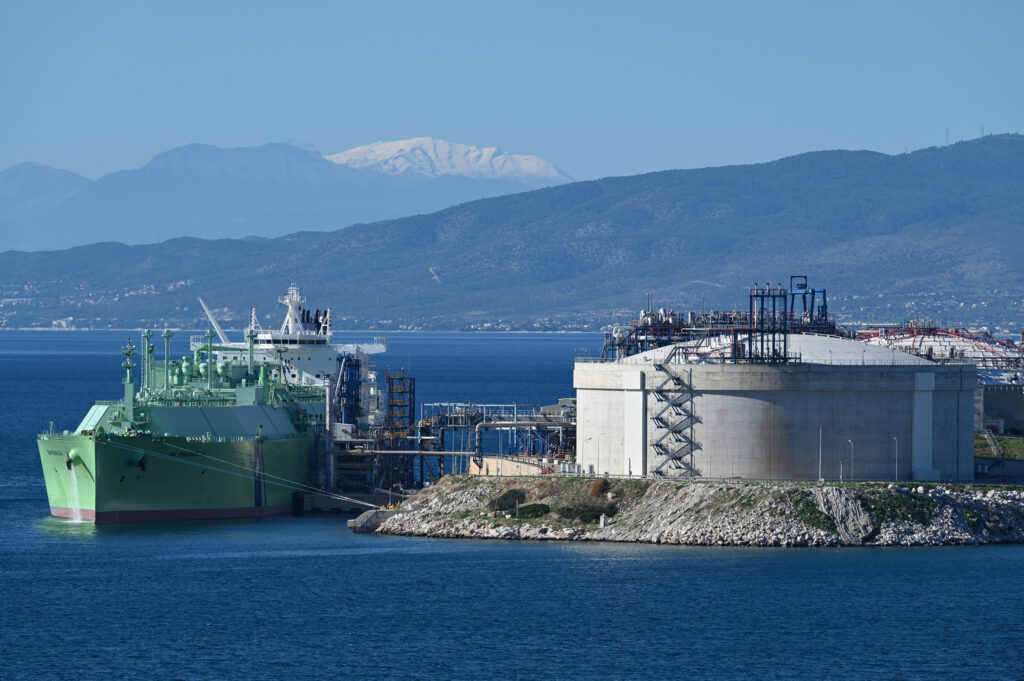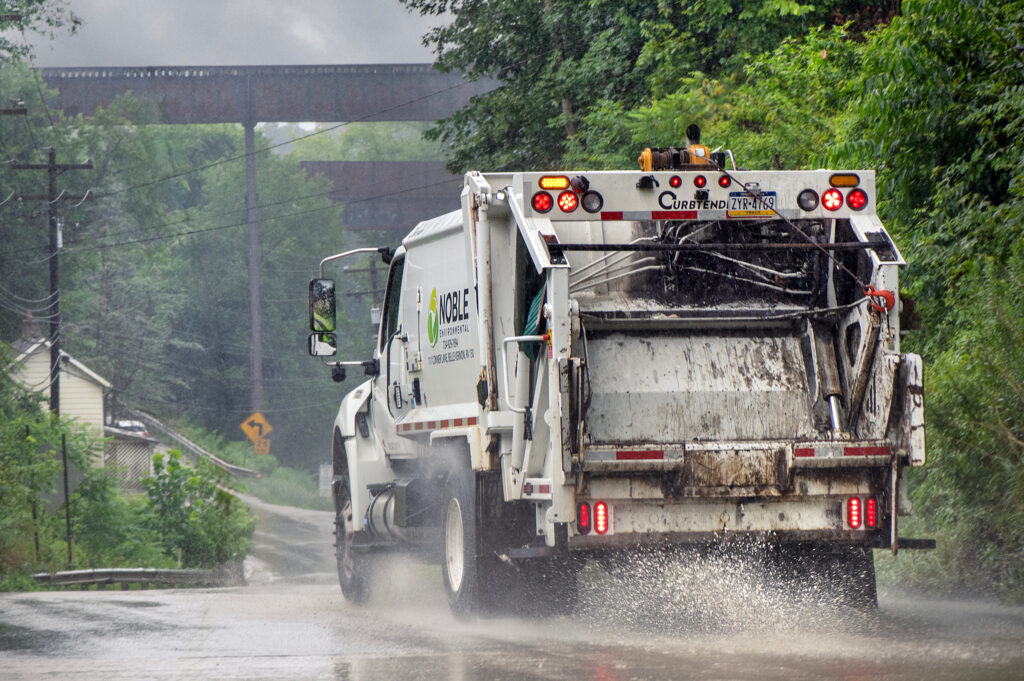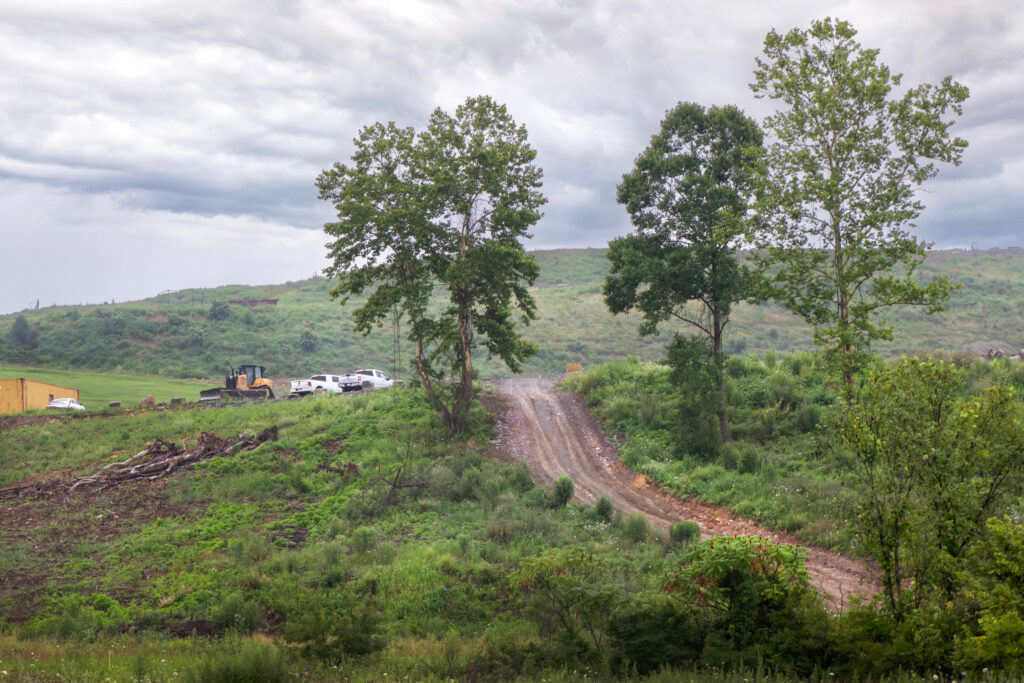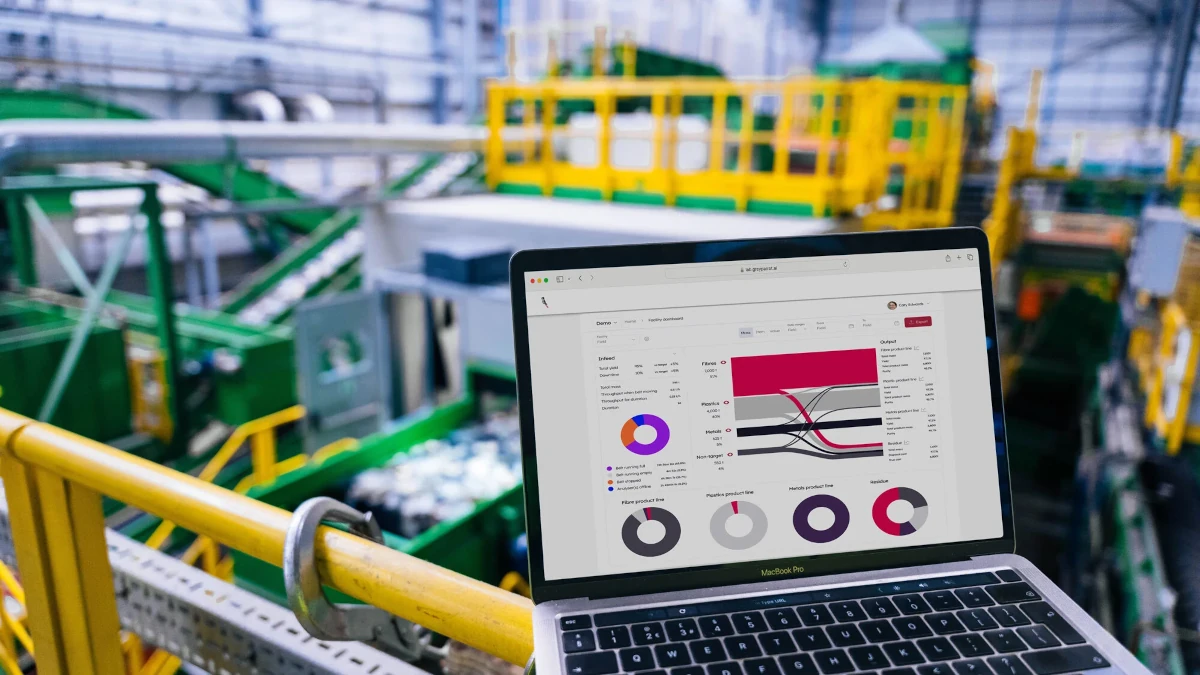As the United Nations’ annual climate summit wraps up in Dubai this week, farm and food groups are applauding the conference leadership for its intensified focus on agriculture, a major source of planet-warming greenhouse gas emissions that has been overlooked in previous years.
But critics have pointed to what they see as glaring flaws in the food and farming-related agreements that emerged from the nearly two-week event, saying they don’t go far enough or adequately address the livestock industry’s greenhouse gas emissions.
The food industry’s heavy presence at the conference, known as COP28, didn’t sit well, either.
One significant omission, some critics say, was an absence of discussion on the financial forces driving the global agriculture system—specifically the banks continuing to fund agriculture that results in deforestation, and the nearly $850 billion in government subsidies that support greenhouse gas-intensive agriculture.
On Sunday, the United Nations Food and Agriculture Organization (FAO) released a “roadmap” for countries to help guide them toward “zero hunger” while staying within the 1.5 degree Celsius target of the 2015 Paris climate agreement.
“How to feed the planet by 2050 without destroying it in the process is one of the grand challenges of our time,” said Craig Hanson, a managing director at the World Resources Institute, in an email. “This roadmap is a welcome reminder that the answer involves sustainably boosting crop and livestock yields, reducing food loss and waste and shifting diets—all amidst a changing climate.”
Addressing that challenge involves a huge range of solutions—boosting degraded soils to make them more productive, educating consumers about food expiration dates and, in rich countries, reducing consumption of dairy and beef, which have high carbon footprints.
The roadmap is the first of three planned documents addressing food and agriculture. FAO will release two more, focusing on geographic regions and with more specific “country action plans” at the next two U.N. climate summits. The new roadmap lays out a “global vision” across 10 target areas, including livestock, crops, fisheries, forests and soils, and sets out 120 proposed actions.
Among the goals in the roadmap are reducing methane emissions from livestock 25 percent compared to 2020 levels, reducing food waste by half and ending chronic hunger by 2030.
The goals are daunting, FAO acknowledges. Nearly 600 million people will not have enough food by 2030, FAO estimates, further testing already strained global capacity.
“Agrifood systems face a dilemma: producing more now to address immediate needs, while endangering future food security and nutrition—or curb production to reduce emissions,” the roadmap authors write. “This perceived trade-off has led to inaction and emboldens climate action skeptics. However, the growing urgency demands action and a change in narratives.”
The document does not explicitly urge rich countries to cut their intake of meat and dairy—the biggest source of methane emissions globally—nor does it suggest that big agricultural producers limit their emissions.
“Disappointingly, the report neglects to call on big agricultural companies to make real emissions reductions, especially in rich countries where cutting methane and nitrous oxide emissions from industrial animal operations is a low-hanging fruit with huge collateral benefits for biodiversity, rural economies and healthy diets,” said Sophia Murphy, a political economist with the International Agricultural Trade Policy Institute.
Earlier in the conference, more than 150 countries signed on to a pledge to include food and farming systems in their overall commitments to cutting emissions. But the pledge does not include any commitments to addressing livestock emissions.
A main focus of this year’s conference is the drafting of a “global stocktake,” an analysis of the world’s collective efforts to meet the goals of the Paris climate agreement. The current draft does not mention livestock methane at all. Similarly, an updated global pledge to reduce methane, also released last week, does not say that rich countries should reduce meat and dairy consumption to limit methane emissions from livestock.
“When countries start looking at their methane emissions, it will become clear that agriculture has to do its part,” said Nusa Urbancic, CEO of the Netherlands-based Changing Markets Foundation. “But countries are soft on agriculture. That hasn’t changed.”
The roadmap authors also call for more bioenergy, which critics say will compete with food-producing land, and for more carbon capture technologies, which critics say are yet untested.
“Despite many caveats and conditions imposed on bioenergy use in this roadmap, dedicating land to bioenergy is inherently inefficient and inevitably undermines the world’s goals of meeting rising food demands and preserving native ecosystems and their carbon,” Hanson said.
The roadmap calls for increasing energy from biomass—mostly wood from plantations and forests—from 6 percent of energy today to 18 percent in 2030. It calls for this in conjunction with carbon capture and storage technologies to essentially cancel out emissions. Critics have pointed out that FAO claims biomass burning is carbon neutral, meaning carbon emissions from burning wood must be offset by other practices, such as planting trees, or using carbon capture technology.
This story is funded by readers like you.
Our nonprofit newsroom provides award-winning climate coverage free of charge and advertising. We rely on donations from readers like you to keep going. Please donate now to support our work.
Donate Now
“Planning to ally energy production from biomass burning with carbon capture and storage as BECCS [bioenergy with carbon capture and storage] is both unhelpful, unrealistic, and does not in fact contribute to carbon removal from the atmosphere as claimed,” explained Peg Putt, a coordinator with the Biomass Action Network. “That claim is based on ignoring the carbon emissions at the smokestack.”
Frustrations with the roadmap and with the lack of specifics on methane and agriculture in the broader stocktake and other pledges came as the food and agriculture industry’s presence at COP28 became increasingly clear.
An analysis published Saturday by DeSmog and The Guardian found that 340 lobbyists from big agricultural corporations and trade groups attended the event, and 120 of them were from the meat and dairy industry. The figures were more than double that of 2022—which was, perhaps, not surprising given the featured billing of food and agriculture at this year’s conference.
The industry presence only served to highlight the financial interest in maintaining the status quo.
Since the Paris agreement in 2015, roughly $307 billion has flowed from major financial institutions to agricultural corporations that rely on “forest risk” commodities, including beef and soy producers, according to a report from Forests & Finance released during COP28.
Governments, meanwhile, are funneling billions toward agricultural production linked to environmental damage and greenhouse gas pollution.
“All the discussion leading up to the COP around food and agricultural systems is all very positive. It’s about time the presidency took this seriously,” said Anthony Cox, a former deputy director of environment at the Organization for Economic Co-operation and Development (OECD). “But a huge dimension of the problem, and is missing in the conversation, is related to agricultural subsidies. They’re up around $850 billion a year.”
“If you can get into a COP text a recognition of the importance of perverse incentives that worsen greenhouse gas emissions from agriculture,” Cox said, “that can help to leverage and drive action to a more concerted effort to reform agricultural support.”
Correction: An earlier version of this story included the incorrect percentage by which methane emissions should be decreased.

















